“For example, if you're talking to upper management, they are not focusing on details. They want a high-level overview of what's happening, and they often want visualizations that are easy to understand. A good example of this is the Application Portfolio Report when using the TIME (Tolerate, Invest, Migrate, Eliminate) framework. There is an intuitive visualization on how applications are evolving over time. For example, applications categorized for elimination are visually distinct in red bubbles, allowing stakeholders to see a reduction in legacy applications, while investments in new or improved applications are highlighted in green bubbles. These visualizations show the effects of business transformation projects on your IT landscape.”

[Application Portfolio Report allows you to manipulate your application portfolio to better understand the results of your application rationalization assessment and see how the landscape will change]
SAP LeanIX enabled FANUC Europe to simplify and summarize important information so that many different stakeholders could understand it intuitively. "On the other hand, IT managers may want to take a deeper dive and see detailed technical information behind certain applications or components (picture below). SAP LeanIX makes this much easier, because instead of having to dig through PowerPoint presentations or Excel spreadsheets, you can simply view everything directly in a single source of truth.

SAP LeanIX also enabled stakeholders to see different attributes within the same report. For example, you can view an application's functional and/or technical fit, then switch to view business criticality to determine which business-critical applications are affected by the migration. You can see which interfaces become active in which phase of the project, and which interfaces become inactive. It's much easier to convince stakeholders when they can see that it's not just some pictures or a spreadsheet, it's reliable data with valuable insight."
A major efficiency improvement has been FANUC Europe's service desk. "The Fact Sheets clearly document team members' roles," said Schubert. "They can see who owns an application is and who is responsible for the data in the fact sheets. For example, when you're looking for somebody who can tell you something about the SAP module, you can go right into SAP LeanIX Portal and find the business owner and others who are responsible for that. And that helps a lot. This is not only for SAP applications, but all applications that touch our ERP, like Salesforce, ServiceNow, and other tools."
 Furthermore, SAP LeanIX has improved FANUC Europe’s obsolescence and compliance risk management. They use the solution to check the relationships between components and applications and/or interfaces to see if and when a component needs to be retired. They can also easily track GDPR-relevant data and create an audit report when needed. Previously, this was another manual task that was inefficient and time-consuming.
Furthermore, SAP LeanIX has improved FANUC Europe’s obsolescence and compliance risk management. They use the solution to check the relationships between components and applications and/or interfaces to see if and when a component needs to be retired. They can also easily track GDPR-relevant data and create an audit report when needed. Previously, this was another manual task that was inefficient and time-consuming.






 Furthermore, SAP LeanIX has improved FANUC Europe’s obsolescence and compliance risk management. They use the solution to check the relationships between components and applications and/or interfaces to see if and when a component needs to be retired. They can also easily track GDPR-relevant data and create an audit report when needed. Previously, this was another manual task that was inefficient and time-consuming.
Furthermore, SAP LeanIX has improved FANUC Europe’s obsolescence and compliance risk management. They use the solution to check the relationships between components and applications and/or interfaces to see if and when a component needs to be retired. They can also easily track GDPR-relevant data and create an audit report when needed. Previously, this was another manual task that was inefficient and time-consuming. 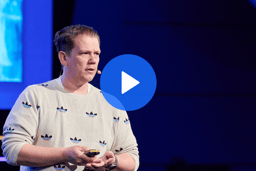
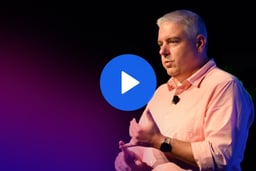
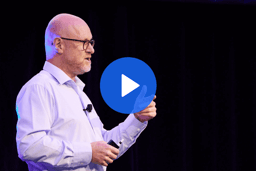
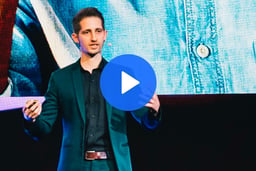
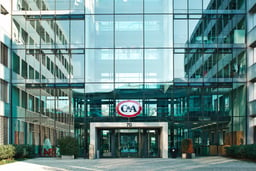

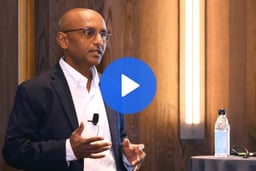
/EN/Success%20Stories/resource-page-thumbnail-Compass.jpg?width=260&height=171&name=resource-page-thumbnail-Compass.jpg)
